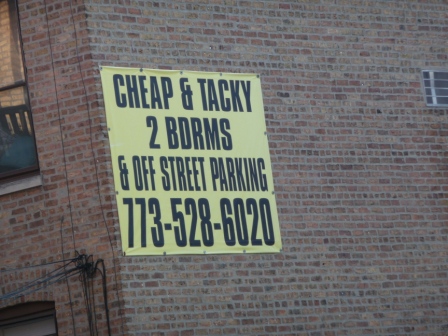ok, correction to yesterday’s blog: there are in fact 5 types of scenes:
1. straight / absurd
2. character-driven
3. reality scene
4. alternate reality
5. mapping
for an explanation of 1 – 3, see yesterday. 4 and 5 are outlined below.
Alternate reality:
- treat an absurd offer as a rule which scans out into the world (“board up the windows, we’re surrounded by vampires” makes it a vampire world,”let’s kill us some dragons Brent” brings in the world of knights, it can also be an alternative reality like a science fiction e.g in this reality, people plant babies and they grow from the ground).
- to be an alternate reality it must affect the whole world, not just the scene
- you need to justify why it exists – just a short line – don’t make the whole scene about the world, the scene is about the relationship
- you can bring in the “straight representation” then go back (dude, do you ever think that there’s more to life besides killing dragons? no, you’re right, there isn’t”). if you do a straight representation once, you need to do it again (it’s a pattern too)
- alternate reality used to be called story-driven
Mapping
- taking the characteristics of a cliched situation, like breaking up, and putting them on a different environment e.g. trading in your car
- key is to keep your primary focus on the high stakes scene (break up) – usually it’s funny because it’s a high stakes mapped onto a low stakes situation
- steal the language of the high stakes scene (the old car is the person you’re breaking up with, touching the car is touching the person, sale is dropping them)
other ideas:
- if you mistakenly type yourself as absurd, and they’re in fact the absurd, so you end up with a double absurd scene, then you need to grab yourself a character quickly (because a double absurd has to be a character driven scene).
this afternoon we did deconstruction, but it deserves it’s own entry, so read on…




